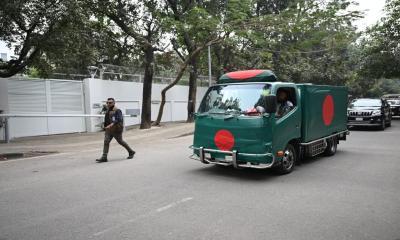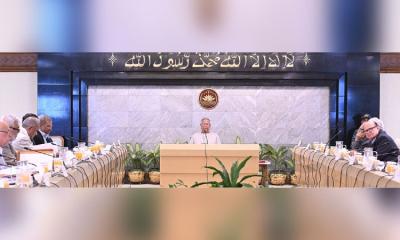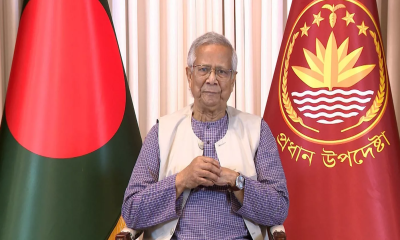In the early part of his campaign for India’s upcoming 2024 election, Prime Minister Narendra Modi announced a target for his ruling Bharatiya Janata Party (BJP)-led alliance that is ambitious even by the standards of his successful coalition.
“Abki baar 400 paar,” Modi declared, claiming that the National Democratic Alliance, the ruling group of parties, would cross the 400-seat mark in a house of 543 parliamentary seats, with the BJP alone winning 370. Only once in India’s 77 years as an independent nation has any party or alliance won more than 400 seats: the now-in-opposition Congress Party in 1984, in the aftermath of the assassination of Prime Minister Indira Gandhi.
Yet, with India poised to hold the first phase of its 44-day, seven-stage election on April 19, analysts say the success of Modi’s calculations could hinge on one significant part of the country, which has so far remained largely impervious to the BJP’s Hindu majoritarian charms: the country’s south.
Home to about 20 percent of the nation’s population, the five southern states of Tamil Nadu, Karnataka, Andhra Pradesh, Kerala and Telangana, and the union territories of Puducherry and Lakshadweep, constitute India’s most economically prosperous region. The south contributes more than 30 percent of the country’s gross domestic product (GDP).
But despite Modi’s pitch that his government has helped boost the Indian economy, the BJP won just 30 of the 131 seats from the region – the vast majority of them from one state, Karnataka – in 2019. It drew a blank in Tamil Nadu, Kerala and Andhra Pradesh, and lost the constituencies of Puducherry and Lakshadweep. Some analysts believe a repeat is inevitable.
Nationally, the BJP won 303 out of 543 seats, almost maxing out in most northern states – its traditional strongholds – and leaving the south as the territory it likely needs to gain in for the party to win a larger mandate than in 2019.
“BJP is very unpopular in Andhra Pradesh and other southern states. In fact, anyone that allies with the BJP will do badly in these elections,” said Mohan Guruswamy, a political analyst and the chairman of the Centre for Policy Analysis (CPA), a New Delhi-based think tank.
Parakala Prabhakar, an economist and the husband of India’s finance minister, Nirmala Sitharaman, said the coming election would reflect a “north-south divide”. Prabhakar has been a critic of the government his wife is a key member of.
The BJP’s struggles in India’s south are not new. With substantially better development indices, including on education and health, than the north, the region has been relatively immune to the religion-driven politics that have traditionally characterised the BJP.
The southern state of Kerala, for instance, has an infant mortality rate of six deaths out of every 1,000 births– almost on par with the United States. The figure for the BJP-ruled state of Madhya Pradesh on the other hand stands at 48, a rate similar to that of war-torn Afghanistan.
Those relative development gains make the BJP’s Hindu majoritarian Hindutva ideology less of a draw in the south, said Prabhakar.
Kishore Chandra Deo, a former federal minister who resigned in February from the Telugu Desam Party (TDP), a regional force in the state of Andhra Pradesh, after it decided to ally with the BJP in the 2024 election, agreed. “In North India, it is possible to bring about religious consolidation whereas in the south, it is not possible,” Deo said.
“Here, the Ram temple is not an issue,” he added, referring to the temple to the Hindu god Ram consecrated by Modi in January, in the city of Ayodhya. The temple was built on the ruins of the 16th-century Babri Masjid mosque, which was demolished by hardline Hindu activists in December 1992.
Palanivel Thiaga Rajan, the Tamil Nadu minister for information technology and digital services, who until recently was the state’s finance minister, echoed Deo’s view.
“The south has a tradition of harmonious co-existence between all religions going back several hundred years. Attempts at communal polarisation will definitely backfire in the south,” Rajan told Al Jazeera.
That hypothesis is now about to be tested – starting on Friday.
Modi’s Tamil Nadu push
Despite its traditional struggles there, the BJP and Modi have been trying hard to break through in the state of Tamil Nadu, which, with 39 seats, sends the largest contingent of parliamentarians from the south to the national legislature.
All of Tamil Nadu votes on April 19, and Modi has made at least six trips to the state in the lead-up to the election – using an artificial intelligence-driven app that translates his Hindi speech into Tamil in real-time for audiences; and apparently breaking down in tears at the support the BJP claims he has received during rallies.
Modi has also revived a dispute over Sri Lanka’s Katchatheevu Island, which was settled by New Delhi and Colombo 50 years ago. Modi and his government have claimed the island was gifted to Sri Lanka by the former Congress government. Katchatheevu has historically been an emotive subject in Tamil Nadu, where the Dravida Munnetra Kazhagham (DMK), a Congress ally, has historically been opposed to Sri Lanka’s control of the island, just 33km (20 miles) off India’s coast.
Ahead of the election, the BJP and Modi have also tried to accuse the DMK of being anti-Hindu. Last September, DMK leader Udhayanidhi Stalin made controversial remarks comparing “Sanatana Dharma” (the eternal religion) to malaria and dengue. Sanatana Dharma is used by many Hindus as an alternative term to Hinduism, though others – including the DMK – have long associated it with the caste system embedded in traditional Hinduism.
Amid this push, some New Delhi-based pollsters have suggested that the BJP could increase its vote in Tamil Nadu to 20 percent from under 4 percent in 2019 – and win a few seats too.
That is easier said than done, say analysts.
Cracking the southern fortress
Tamil Nadu’s politics has for decades been shaped by anti-Brahmanical sentiments: Ideas of nationalism have long been met with suspicion in the southern state, where they are seen as a way to preserve the historical domination of Brahmins, who sit at the top of India’s complex caste hierarchy.
One of the early idealogues of what is known as the Dravidian movement was EV Ramasamy Naicker – better known by his pen name, Periyar – who was critical of Hinduism and broke with the Congress, which through much of the 20th century was widely viewed as an upper caste party. BJP leaders have frequently criticised Periyar but both the DMK and its rival, the All India Anna DMK (AIADMK), swear by his legacy.
To the northwest of Tamil Nadu, the state of Karnataka has for the past two decades proven much more fertile ground for the BJP in southern India. Home to the city of Bengaluru, India’s tech and startup hub, Karnataka was ruled by the BJP from 2008 to 2013, and then again from 2018 to 2023. In the 2019 national election, it won 25 out of the state’s 28 seats.
Now back in power in Karnataka, the Congress, which won just one seat in 2019, will be hoping to win more – riding on a campaign alleging that Modi’s government has engaged in “discrimination” and “injustice” against southern states.
On average, southern states receive far fewer resources from the central pool of taxes collected by the federal government than what the people of these states pay through taxes, as compared with the north, explained RS Nilakantan, the author of South vs North: India’s Great Divide.
Proponents of this approach point out that the federal government needs to support states with weaker social indices in the north more, to help them get better. But critics argue this punishes southern states for their success, even as there is little evidence that northern states are making rapid advances in health or education using central resources.
“Tamil Nadu, for instance, is getting back 29 paise for every rupee that it contributes to the union government,” Rajan, the Tamil Nadu minister, said. “We have come to a situation where the ruling parties of the southern states have had to hold protests in Delhi to highlight the injustice done to them and fight to protect federalism.”
Those worries in southern states have been amplified by the prospect of delimitation by 2026, a process through which boundaries of constituencies will be redrawn to ensure they have roughly equal voter numbers.
Because India’s south has been far ahead of the north in population control measures, the delimitation exercise could significantly shrink the south’s seats in parliament, reducing its political power. Tamil Nadu, for instance, could see its seats drop to 30 from 39, while northern Uttar Pradesh, India’s most populous state, could see seats go up from 80 to 90, according to Nilakantan.
“The North vs South is not just an emotive issue,” said Rajan. “It boils down to hard facts and figures.”





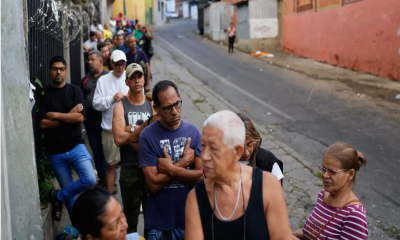
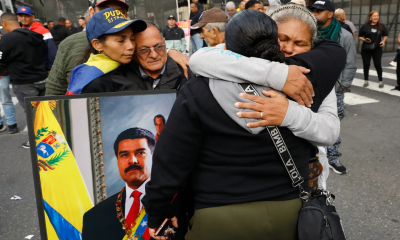
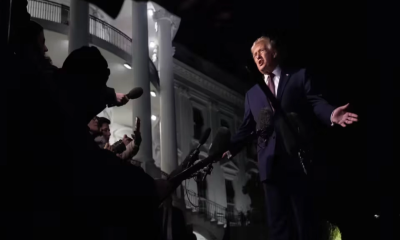
-20260103102222.webp)
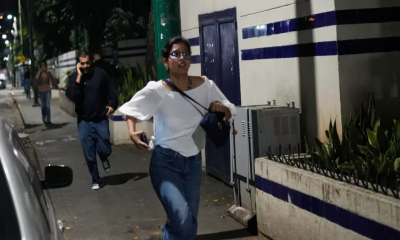
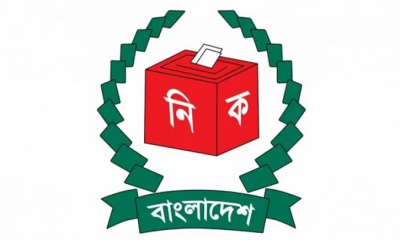
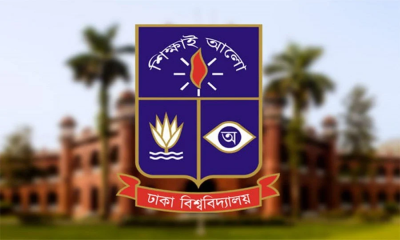
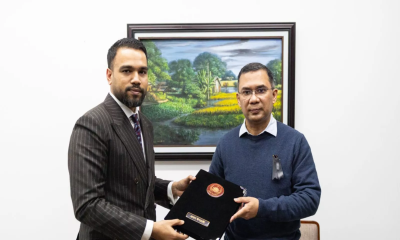



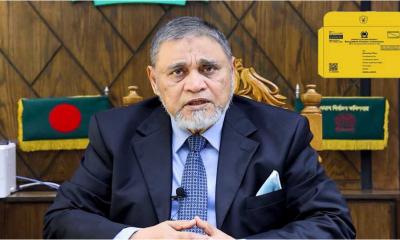
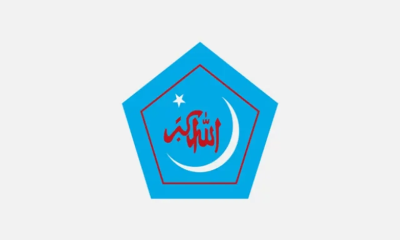
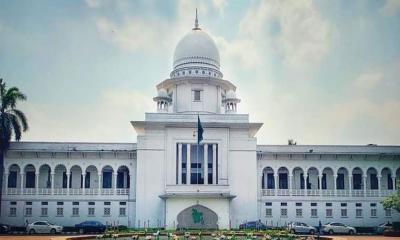
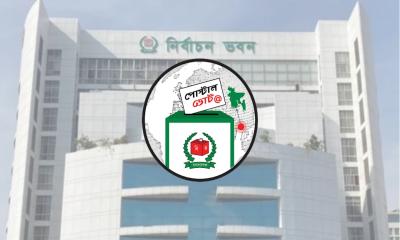
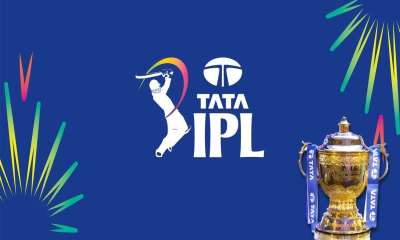
-(25)-20251122062715-20260105041159.jpeg)
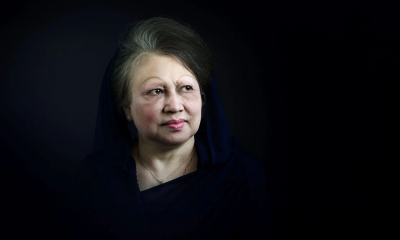
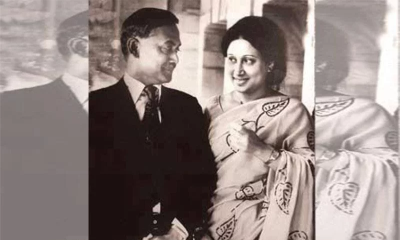
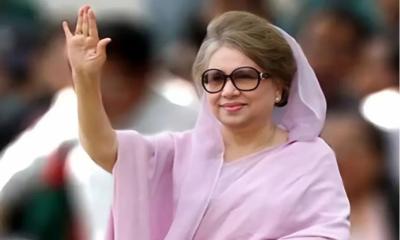
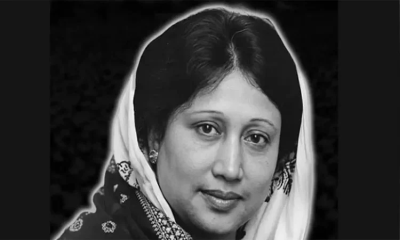
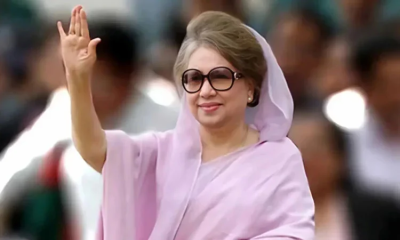


-20251229113834.jpg)
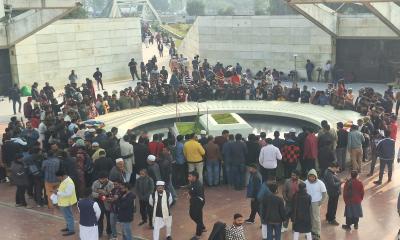
-(2)-20260102070806.jpeg)

